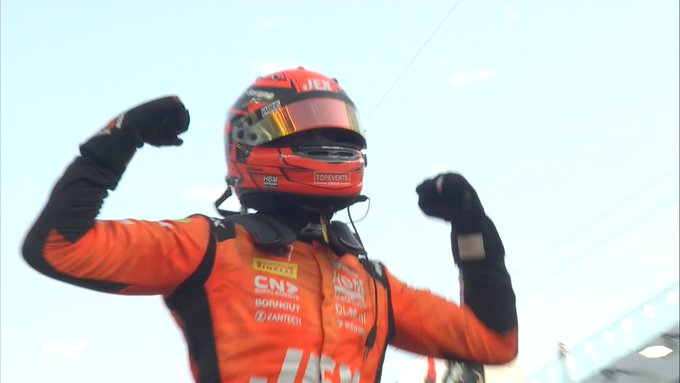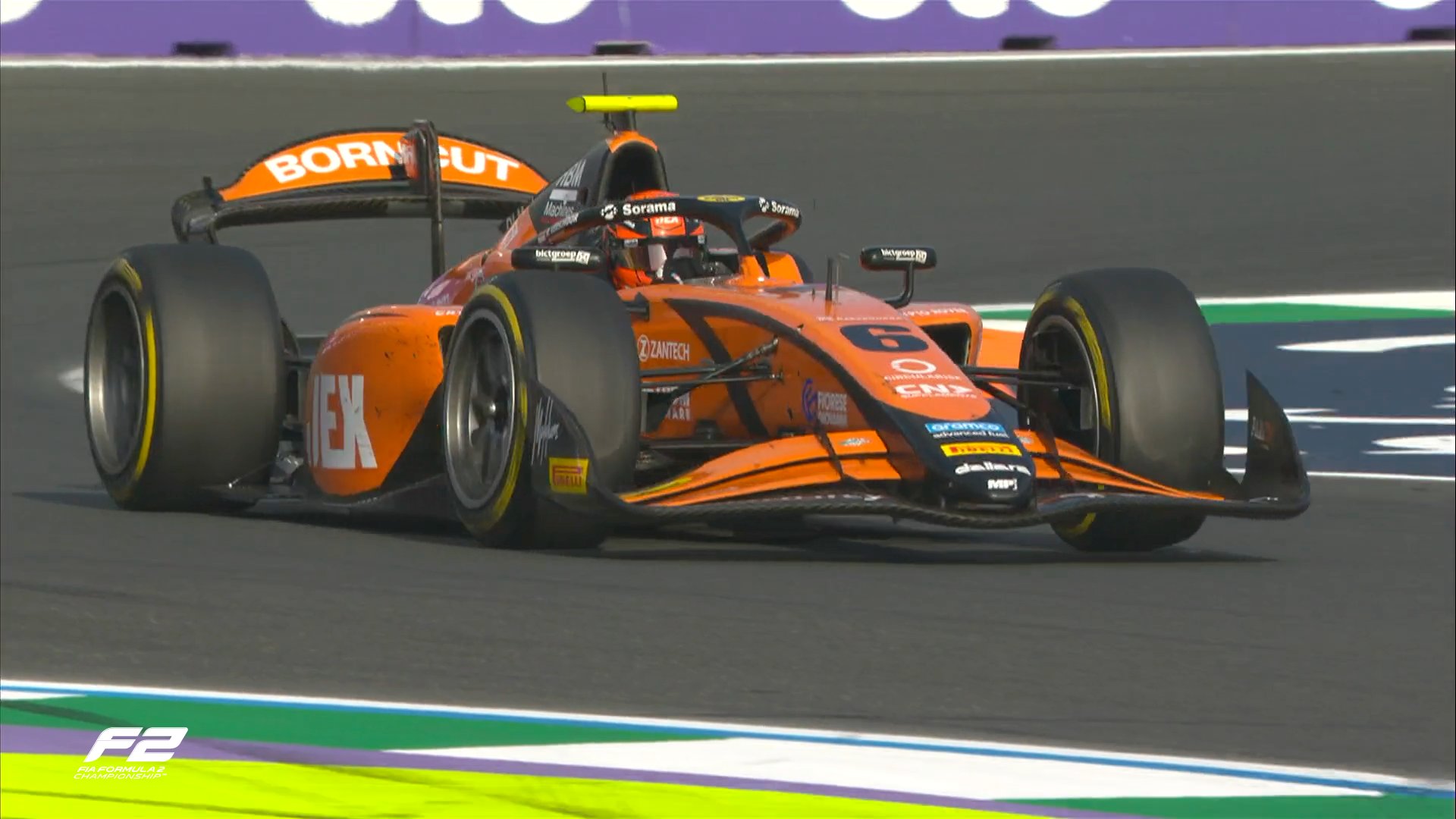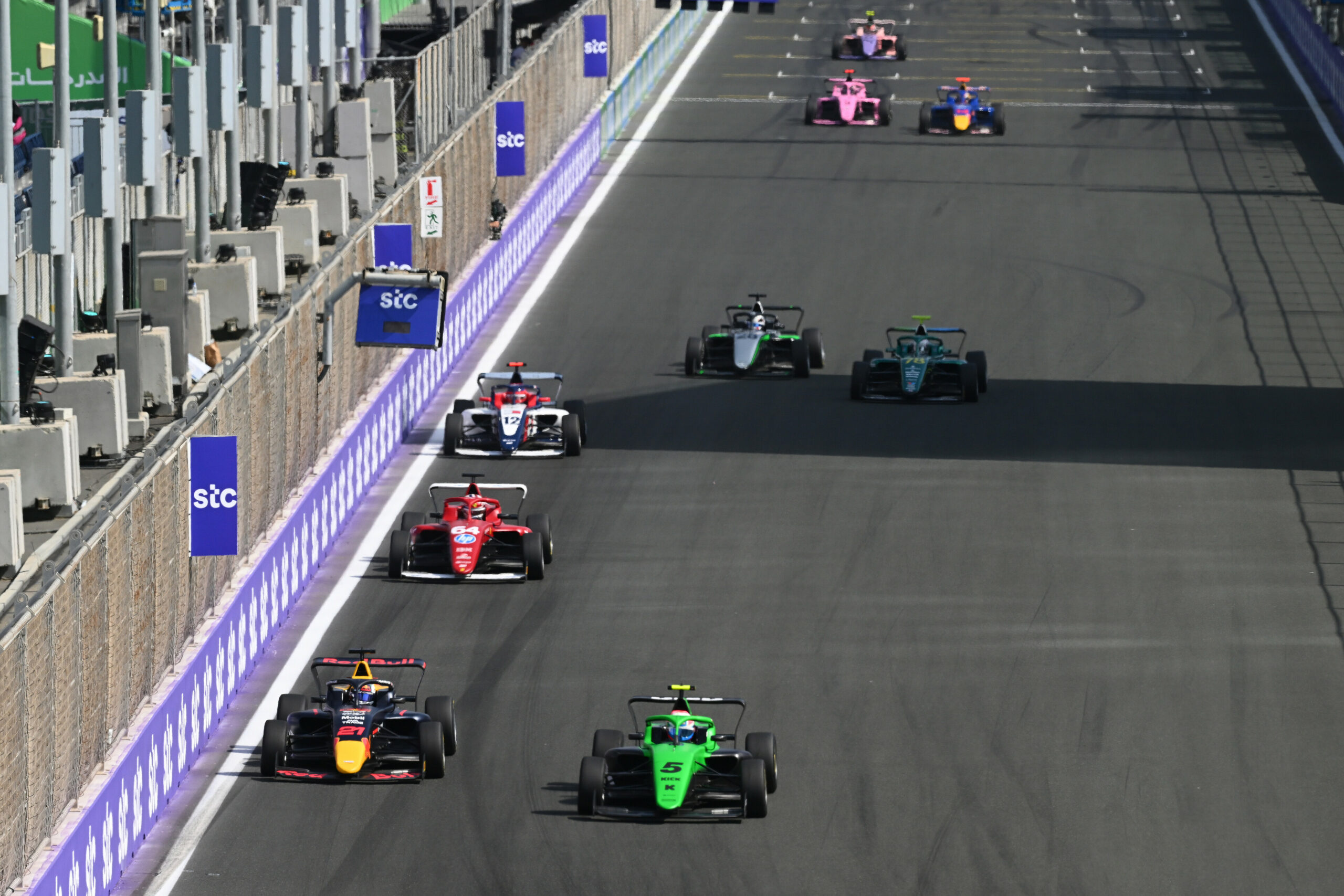There will be a tweak to this weekend’s qualifying format at the Hungarian Grand Prix as teams and drivers will be forced to run each dry compound during the three sessions — providing it stays dry.
On a standard Grand Prix weekend like we had at Silverstone, drivers and teams are given 13 sets of dry tyres to use across the weekend. That consists of two sets of hards, three sets of mediums and eight sets of softs.
For the Hungarian Grand Prix this weekend, there is quite a significant change on that front. Overall the teams will have 11 sets of dry tyres — three sets of hards and mediums will be brought, with four sets of softs only this time around.
In qualifying, the hard must be run in Q1, the medium in Q2 and the soft in Q3.
This trial will also be tested at the Italian Grand Prix in September. Should it be a success, it could be implemented permanently next year.
Mario Isola, Motorsport Director for Pirelli:
“This year we have opted for a trio of softer compounds (C3, C4 and C5) compared to 2022, while a new tyre allocation for qualifying (known as ATA, or ‘Alternative Tyre Allocation’) will be tried out for the first time, with the obligation to use just the hard in Q1, medium in Q2 and soft in Q3 if conditions stay dry.
“Both these changes, at least on paper, should lead to a wider range of options, particularly in terms of strategy.
“The ATA also saves two sets of dry tyres compared to the traditional format (using 11 sets instead of 13) and it will be run again at the Italian Grand Prix in Monza. After that, the FIA, F1 and the teams will decide whether or not to adopt it for next season.”
On Friday, one set of tyres must be returned at the end of both FP1 and FP2. A further two sets must be handed back on Saturday after FP3.
This leaves seven sets of tyres available for qualifying and the race. Each team must keep at least one set of hard tyres and one set of medium tyres for the Grand Prix on Sunday itself.





